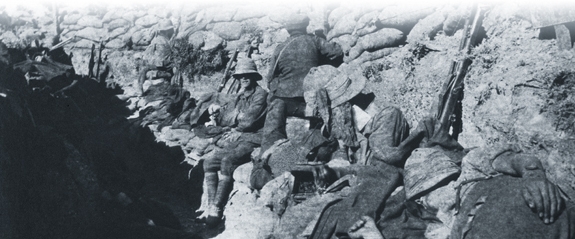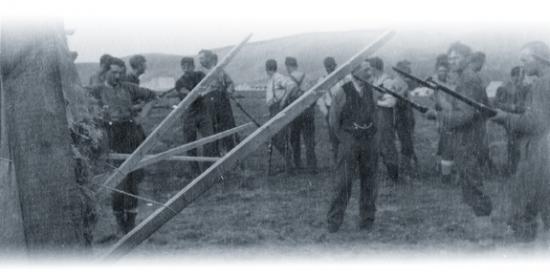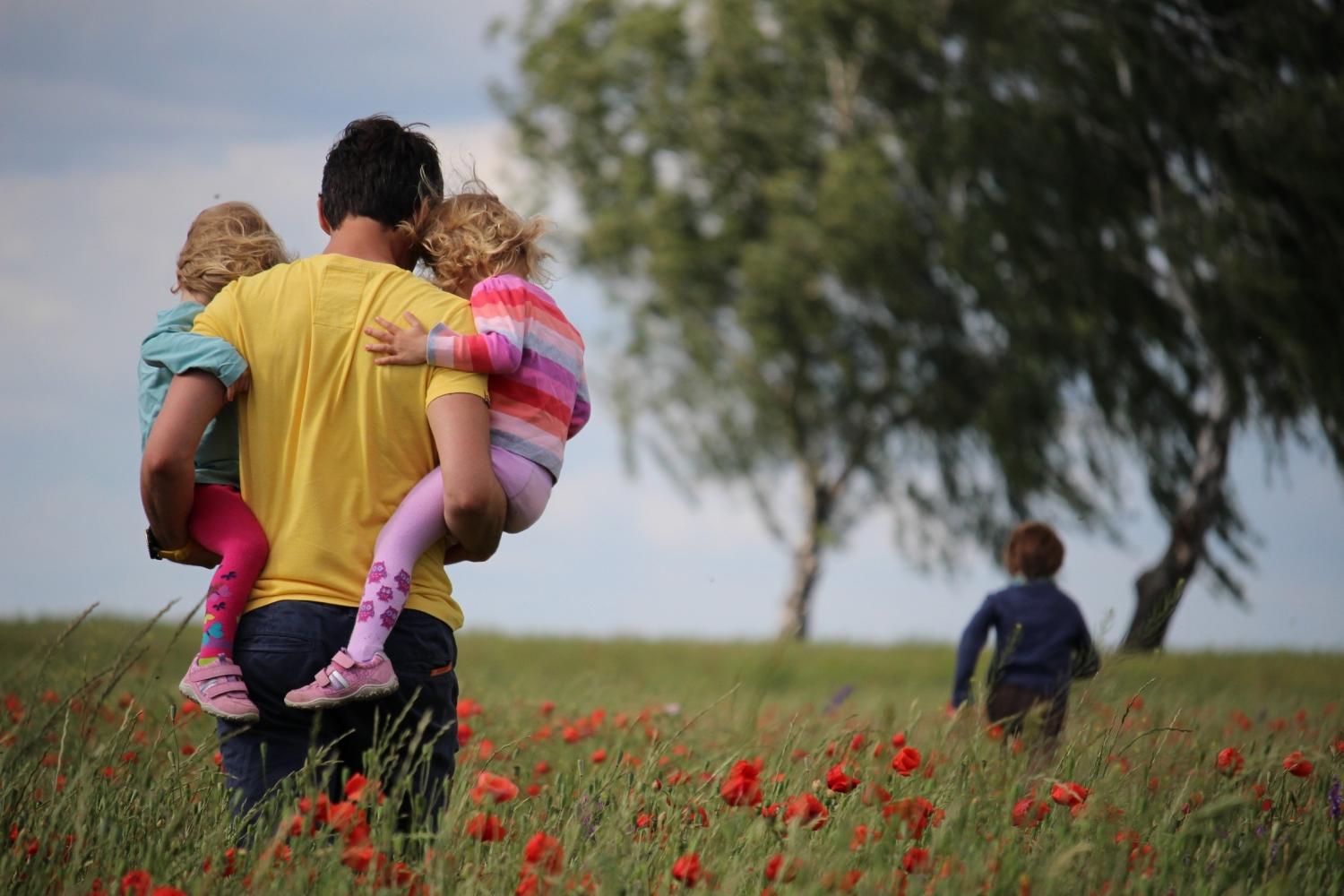
Lest We Forget: The Newfoundland Regiment at Gallipoli and other “Johnnies” Won the Admiration of Turkish Commander Mustafa Kemal Ataturk
Photo credit: CNSA James Steele, coll. OMF-30, “Regiment in Gallipoli”, 44: 5
Introduction
When Britain entered the First World War on August 4, 1914, Newfoundland—which was then a British dominion—was suddenly at war, too.
At a time when great pride was taken in being part of the British Empire, the people of Newfoundland reacted enthusiastically to the news of war. Almost 1,000 young men signed up to join the newly-created Newfoundland Regiment by late September. Recruits officially enlisted “for the duration of the war, but not exceeding one year”—a prediction that would prove sadly optimistic as the conflict would drag on for more than four years.
The first recruits began training in a camp on the outskirts of St. John's. It was a modest start—just getting enough tents was difficult and some ended up being made from the sails of ships in harbour. Providing uniforms was also a challenge. A local shortage of khaki meant they had to use blue fabric for their puttees (wrappings for the lower legs of their uniforms), giving rise to the nickname “the blue puttees” for soldiers of the Newfoundland Regiment.
The regiment's first contingent set sail for Britain on October 3, 1914 and more soldiers would soon follow. The Newfoundlanders would train in England and Scotland for months before finally seeing action on an unexpected front—the eastern Mediterranean.
The Ottoman Empire
The Allied countries of Britain, France and Russia had declared war on Germany, but were also fighting Germany's other Central Powers partners— Austria-Hungary and the Ottoman Empire. The Ottoman Empire occupied what is now present-day Turkey, the eastern coast of the Mediterranean and parts the Middle East. Its control of the Dardanelles Strait that joined the Mediterranean Sea to the Black Sea meant it could cut off access to southern Russian sea ports. This was important because the Allies wanted to provide Russia with war materials to help the country in its fighting along Europe's Eastern Front, but land transport routes were blocked and other sea routes were difficult.
The Allies decided to create a new front in Turkey to open this supply line to Russia, draw surrounding countries into the war on the Allied side, and help break the stalemate of trench fighting in Europe by pulling enemy resources from other fronts. After preliminary naval engagements, the first Allied troops landed in Turkey's Gallipoli peninsula on April 25, 1915 when the Australian and New Zealand Army Corps (ANZAC) and British forces came ashore. It would be the start of months of trench fighting that soon made it clear an Allied victory there would be much harder than thought.
The Newfoundlanders Gallopoli
After almost a year of training, the Newfoundland Regiment learned it would be part of the 29th Division of the British Army fighting in Gallipoli. After a short stay in Egypt, 1,076 Newfoundlanders came ashore along the shores of the Dardanelles Strait on September 20, 1915. The flashes and the sounds of distant artillery and rifle fire quickly told them they were finally in a war zone. The next day they were shelled by Turkish artillery as they huddled in their shallow dugouts for protection—their welcome to Gallipoli.
The young Newfoundlanders had arrived hoping for action and excitement but they were soon disappointed. They spent the first months digging trenches and keeping long night watches, spending time on the front line learning trench warfare techniques from the ANZAC and British forces that had been fighting there for months.

Conditions were bad. Enemy fire and life in the trenches made the situation miserable for the Newfoundlanders. Even getting enough to drink was difficult; sometimes soldiers had to get by on less than a cup of water a day. The weather was harsh and unpredictable. The heat brought swarms of flies that helped spread diseases like dysentery which hit the Newfoundlanders hard. It could also be surprisingly cold as it was the worst winter in the region in four decades. Weeks of heavy rains and wind battered the soldiers, turning trenches into flooded ditches. When the rains finally stopped, the weather turned very cold and caused many cases of frostbite. Despite the difficult conditions, the Newfoundlanders persevered and earned their first battle honour when they captured Caribou Hill (a high point used by Turkish snipers) in November, with three men earning medals for their bravery in the fighting.
The lack of a military breakthrough convinced the Allies it was time to withdraw from Gallipoli. It was decided the Newfoundland Regiment would help in the difficult task of covering the evacuation of Allied troops onto waiting ships. This rearguard operation went well and the Newfoundlanders were among the last Allied soldiers to leave Turkey in January 1916.
Sacrifice
During the almost four months the Newfoundland Regiment fought at Gallipoli, approximately 30 men died in action and 10 more died of disease. The hardships and death they experienced were a taste of the even harsher experiences that were waiting when they were shifted to Europe's Western Front in April 1916. By war's end, more than 6,200 men had served in the regiment. The price was high, however—more than 1,300 died and many returned home with injuries to body and mind that lasted a lifetime. The loss of so many of its finest young citizens and the toll taken on the survivors was a heavy burden that Newfoundland had to bear for decades.
The Legacy
Gallipoli was the first of many battles that would earn the Newfoundland Regiment an impressive reputation during the First World War. It would go on to fight with distinction in Belgium and France throughout the rest of the conflict. The regiment even earned the title “Royal” in 1917 in recognition of its exceptional service and sacrifice—the only regiment to be honoured this way by the British during the war.
The sacrifices and achievements of the Royal Newfoundland Regiment are not forgotten. July 1 is still marked as Memorial Day in Newfoundland and Labrador in commemoration of the great sacrifices made by the regiment during the First World War.'
Canada Remembers Program
The Canada Remembers Program of Veterans Affairs Canada encourages all Canadians to learn about the sacrifices and achievements made by those who have served—and continue to serve—during times of war and peace. As well, it invites Canadians to become involved in remembrance activities that will help preserve their legacy for future generations.
Those heroes that shed their blood and lost their lives … You are now lying in the soil of a friendly country. Therefore rest in peace. There is no difference between the Johnnies and the Mehmets to us where they lie side by side here in this country of ours … You, the mothers who sent their sons from faraway countries, wipe away your tears; your sons are now lying in our bosom and are in peace. After having lost their lives on this land they have become our sons as well. Words from a famous 1934 speech
– Mustafa Kemal Ataturk, who was a commander of Ottoman forces at the Dardenelles during the first world war and later the founder of modern Turkey, now graces memorials on three continents, including at Anzac Cove, Gallipoli. Kemal made these remarks out of respect and admiration he had for all the soldiers who lost their lives in the dreadful battle.
Originally published on veterans.gc.ca










